동거, 동락
Life Together
2024. 06. 07 ~ 2024. 06. 27.
-
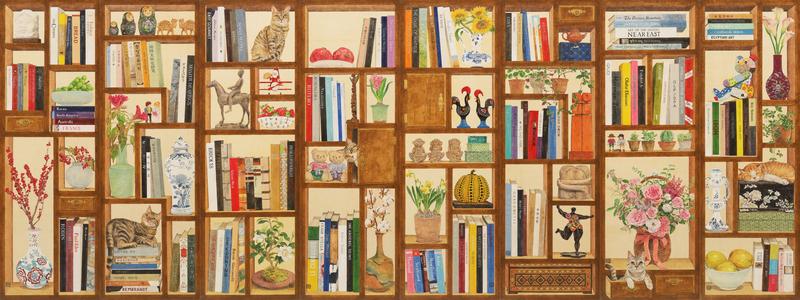
고양이가 있는 서가 1, 각 120x40cm 총 8점, 장지에 채색 2023
-
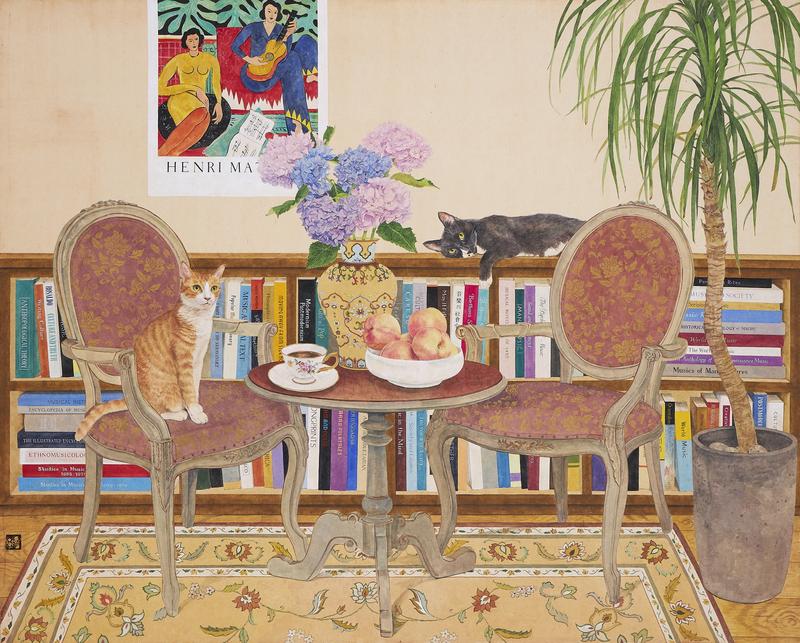
여름날의 서가, 130x162cm, 장지에 채색, 2023
-
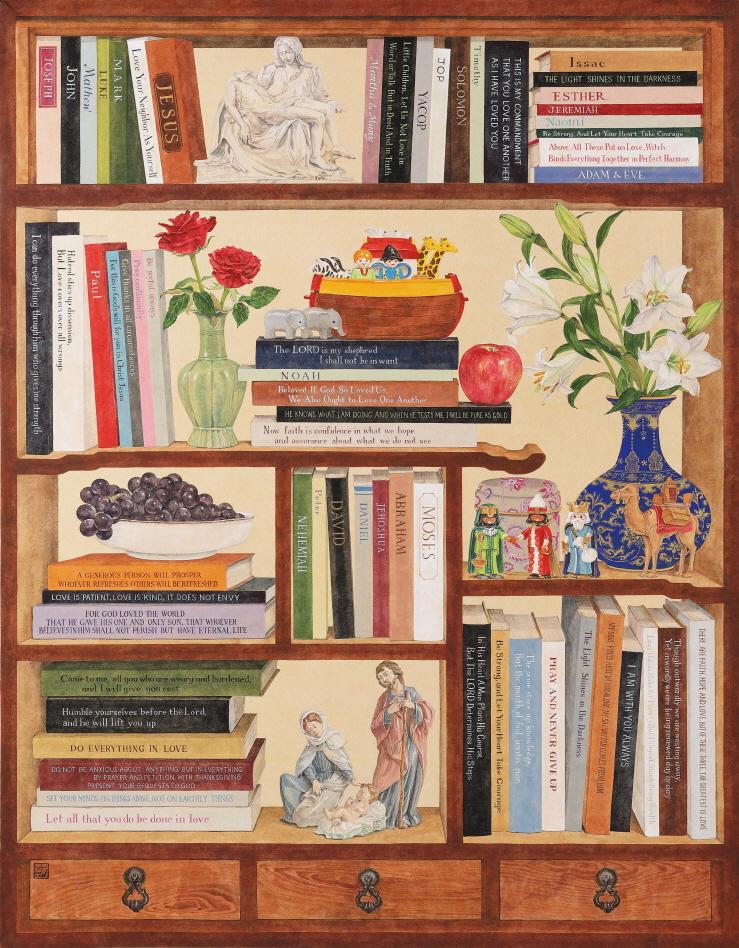
말씀의 서가, 116.5x91cm, 장지에 채색, 2023
-
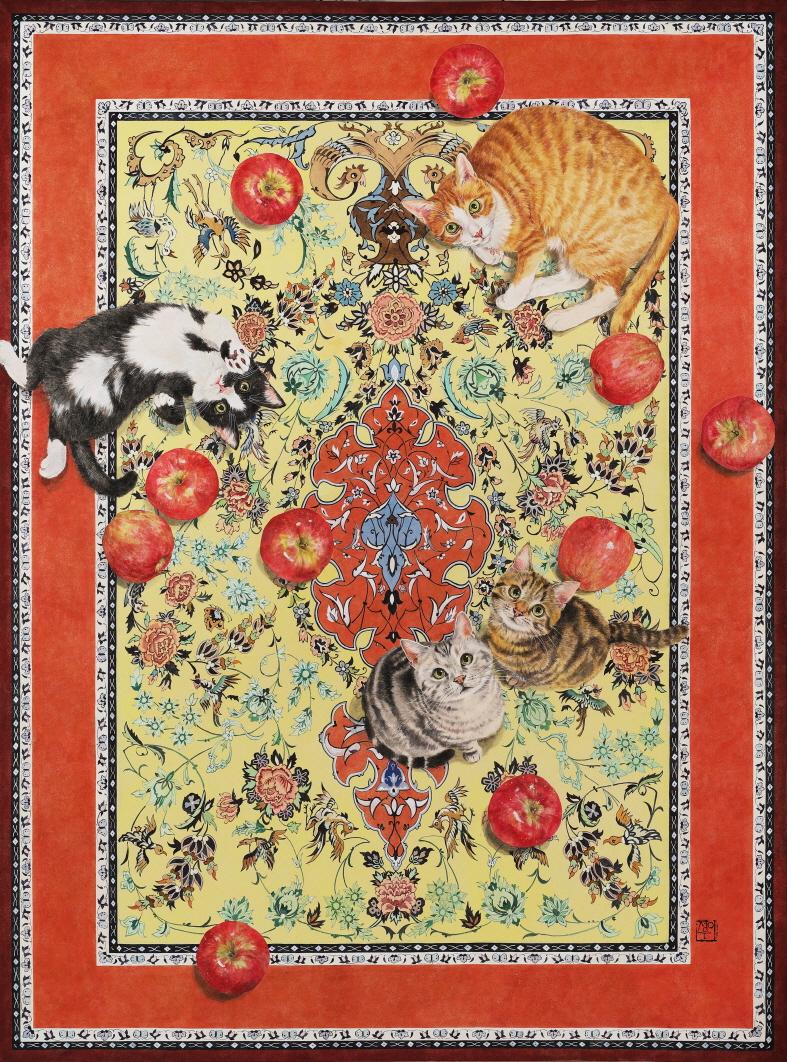
평안의 계절, 130X97cm, 장지에 채색, 2024
-
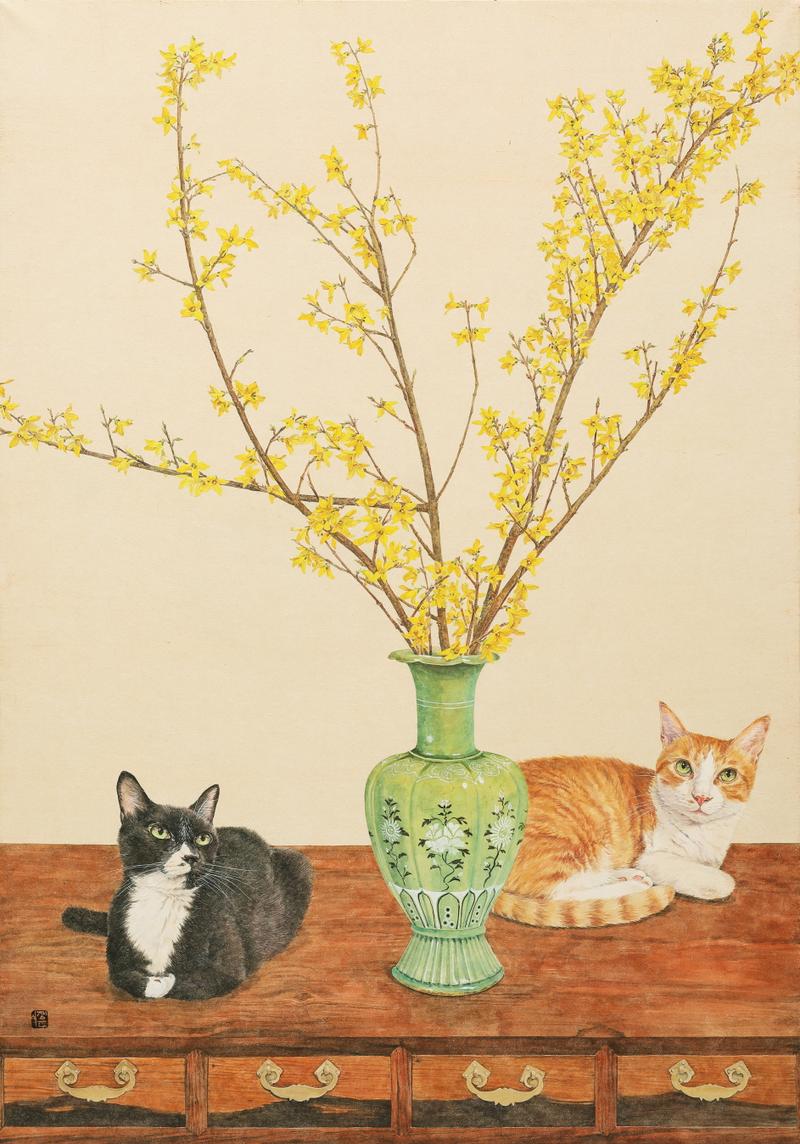
함께 맞는 여섯번째 봄, 100x70cm, 장지에 채색, 2024
-
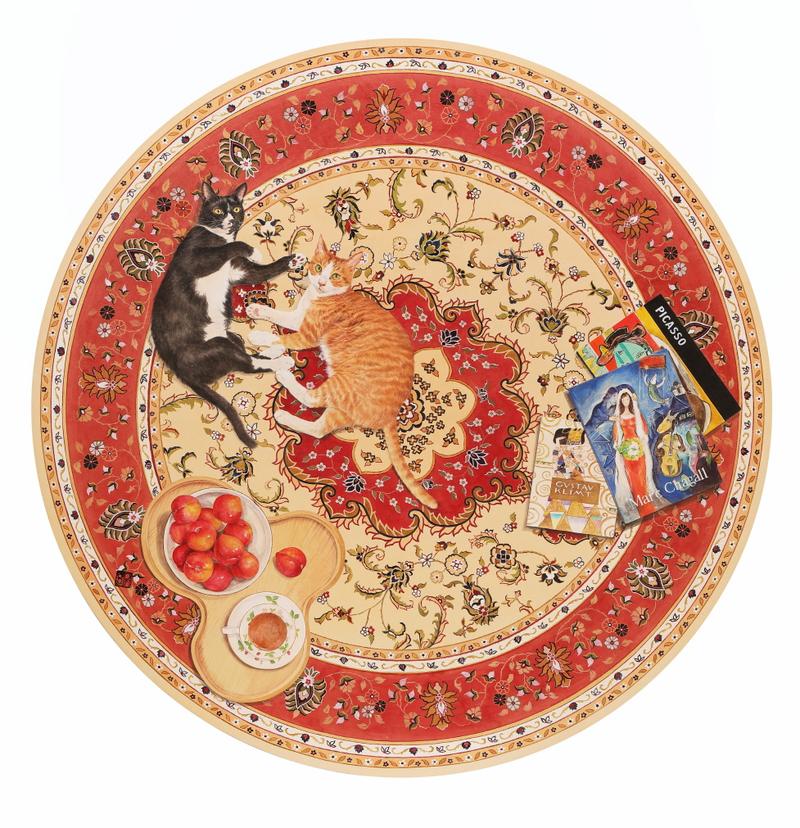
허락된 평안 8, D140cm, 장지에 채색, 2023
-
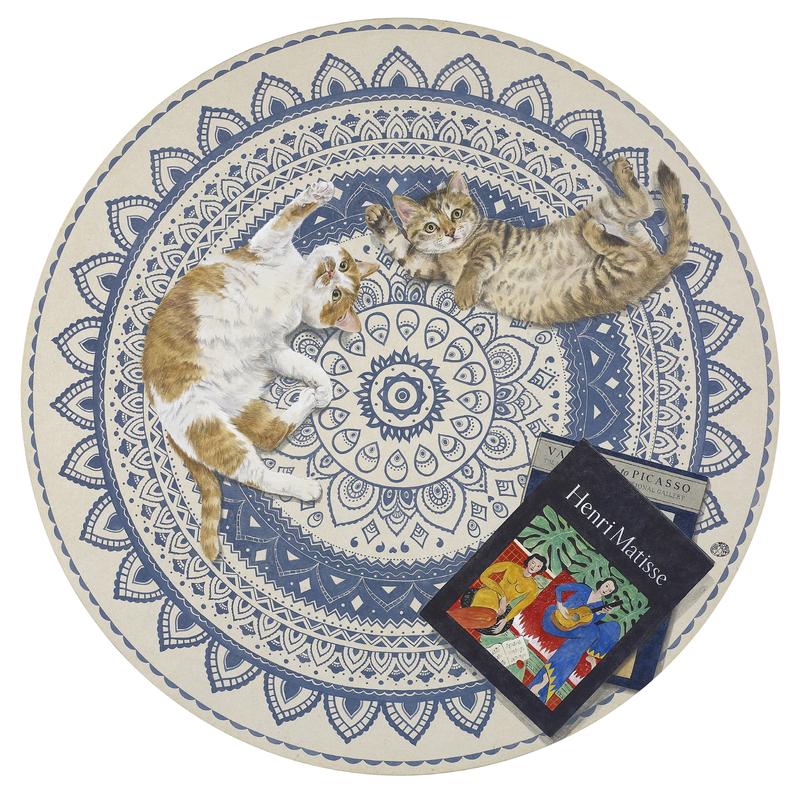
허락된 평안 7, D90cm, 장지에 채색, 2022
-
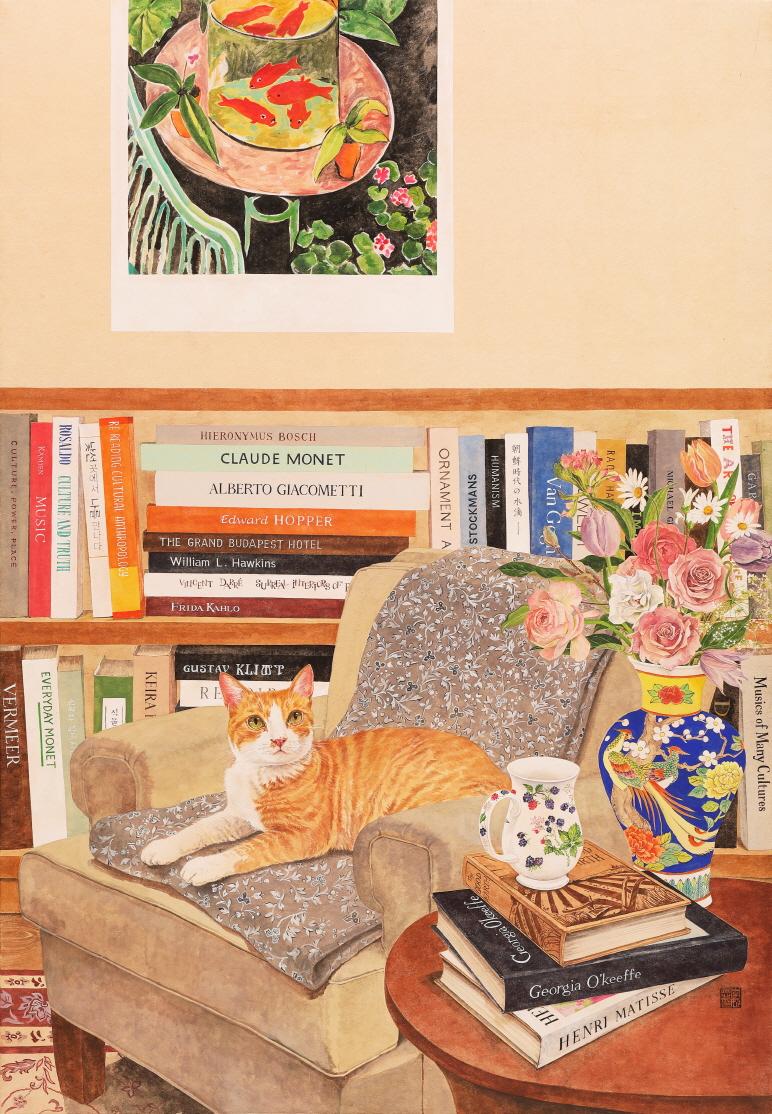
위로 2, 100.5x70cm, 장지에 채색, 2023
-
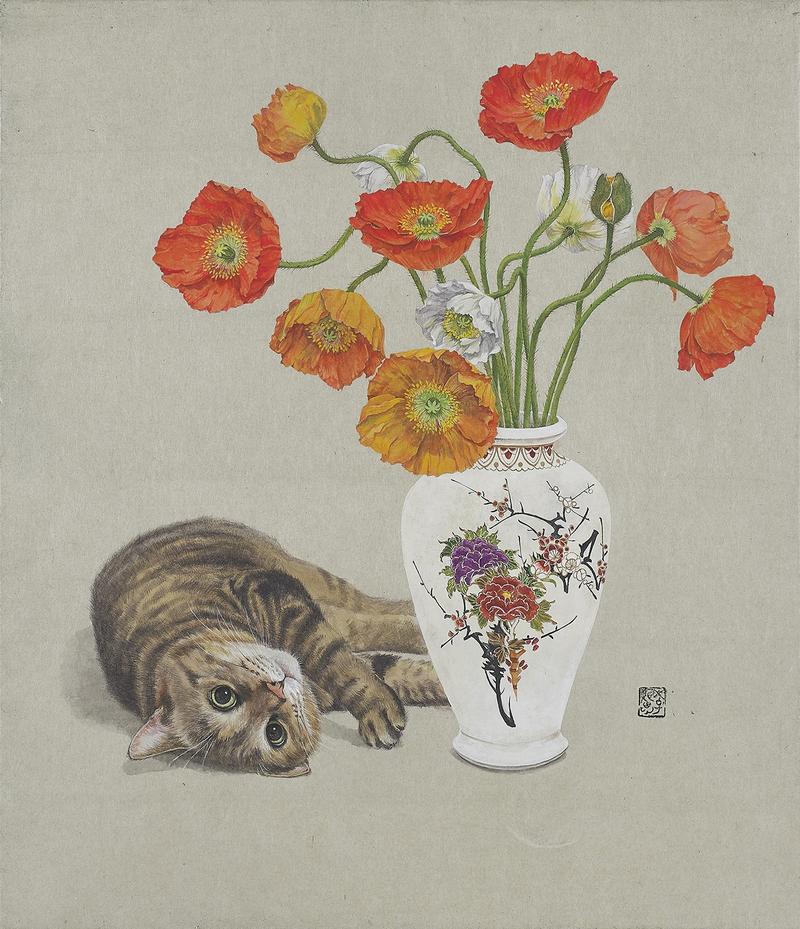
유혹, 53x45.5cm, 장지에 채색, 2024
-
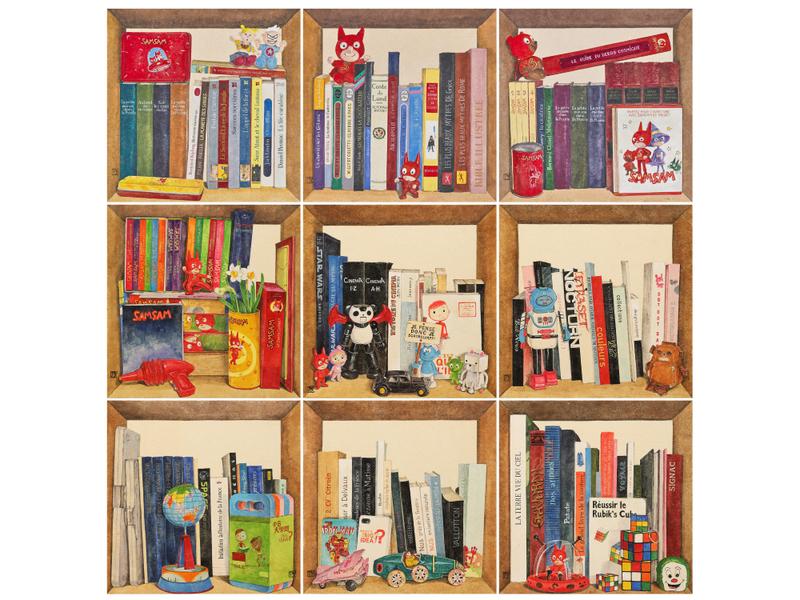
탕기씨의 서가, 각 30x30cm, 장지에 채색, 2023
-
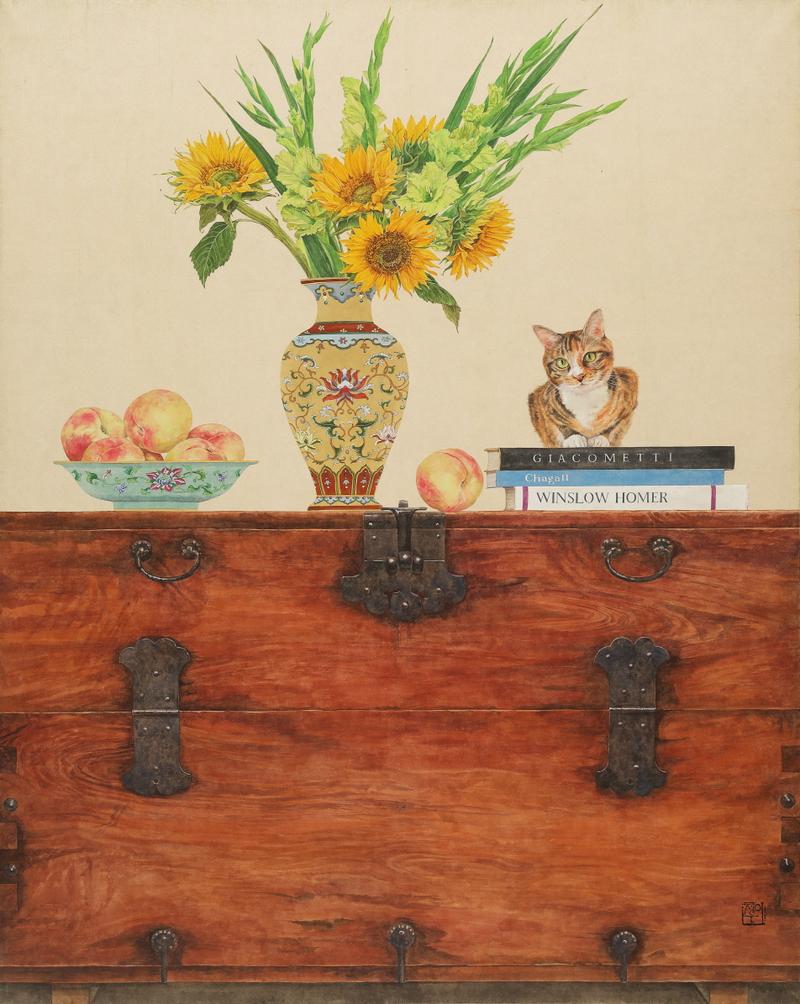
조하(早夏), 116.5x91cm, 장지에 채색, 2023
- KR
- EN
About Exhibition
Artist CV


.png)

.png)

.png)

.png)










